Farmland Wading Birds Information Note: Redshank (Tringa totanus)
Cam glas, gobharrta (Gaelic)
Download a pdf copy of this Information Note
The Redshank is probably the least familiar of the five farmland waders. Formerly widespread throughout Scottish farmland, the highest numbers are now in Caithness, the Northern and Western Isles, with lower numbers scattered elsewhere and particularly in the upland margins (see map below). Population estimate:11,700-17,400 pairs (2004).
Characteristics
- Slightly larger but more elegant than a Snipe.
- Long red legs and slender red and black bill.
- White patches on the wings show in flight.
- Loud piping call “teu-hu-hu” (click here to hear calls).
- Often calls from top of fence-posts.
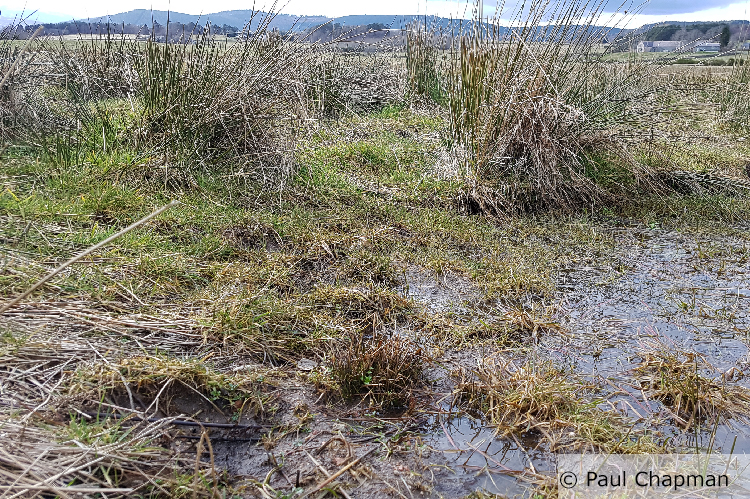
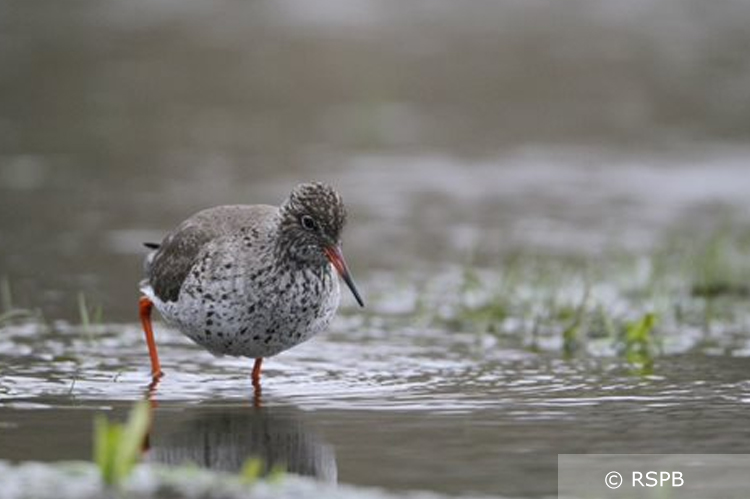
Habitat preferences
- 90% of the population breed on farmed land.
- Favours Machair and damp pasture.
- Likes to feed in shallow pools.
- Some nest on saltmarsh and rough grazing.
- Spends winter at the coast.
Nesting behaviour
- Present in breeding areas March—July.
- Nest site usually concealed in a tussock.
- 4 eggs laid in late April/early May.
- Chicks hatch late May/early June.
Key considerations
- Redshank are more exclusively dependent on damp grassland than other farmland waders.
- They require tussocks of grass or rush to conceal their nest sites.
- Redhank nests can be very vulnerable to trampling by high stocking rates.
- They feed in pools of shallow standing water more frequently than other farmland waders.
- Like most farmland waders they prefer open landscapes with relatively few trees nearby.
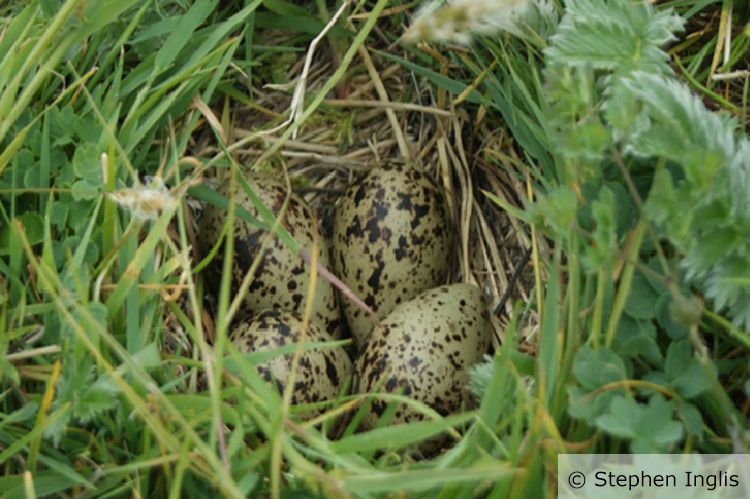
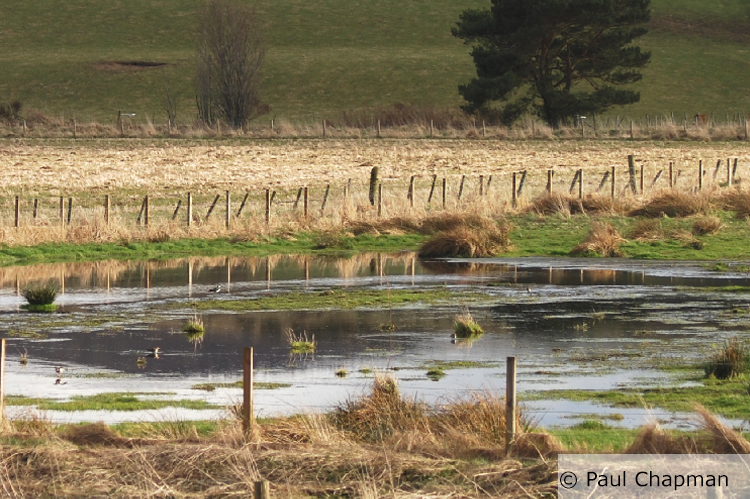
For further information, search for waders at the following sites:
Scan this QR code or click here to link to a recording of the distinctive, alarm call of the Redshank
Download a pdf copy of this Information Note
Practical management options
- Retain or create damp ground in pasture.
- Create open, shallow pools or scrapes within the pasture to hold water from March-June.
- Manage grazing to create a predominantly short (<5cm) sward in the spring, but with scattered tussocks of grass or rush covering up to c.30% of the area.
- Grazing, especially with cattle, in late summer/autumn can help create this sward structure.
- Restrict (<1.0LU/ha) or, preferably, exclude grazing from mid-April to the end of May.
- Topping in late summer helps prevent rushes becoming too dense.
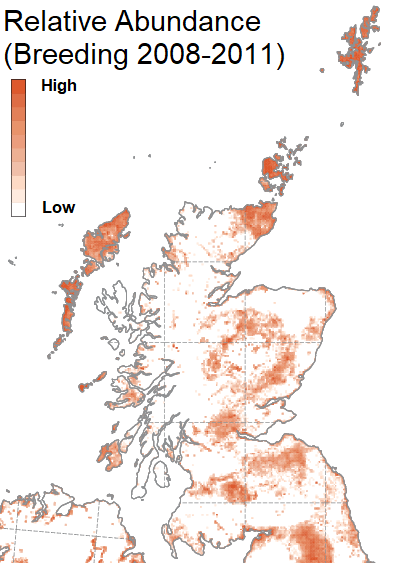
Redshank abundance in Scotland during the breeding season. Map reproduced from Bird Atlas 2007–11, which is a joint project between BTO, BirdWatch Ireland and the Scottish Ornithologists’ Club. Map reproduced with permission from the British Trust for Ornithology.
Sign up to the FAS newsletter
Receive updates on news, events and publications from Scotland’s Farm Advisory Service

